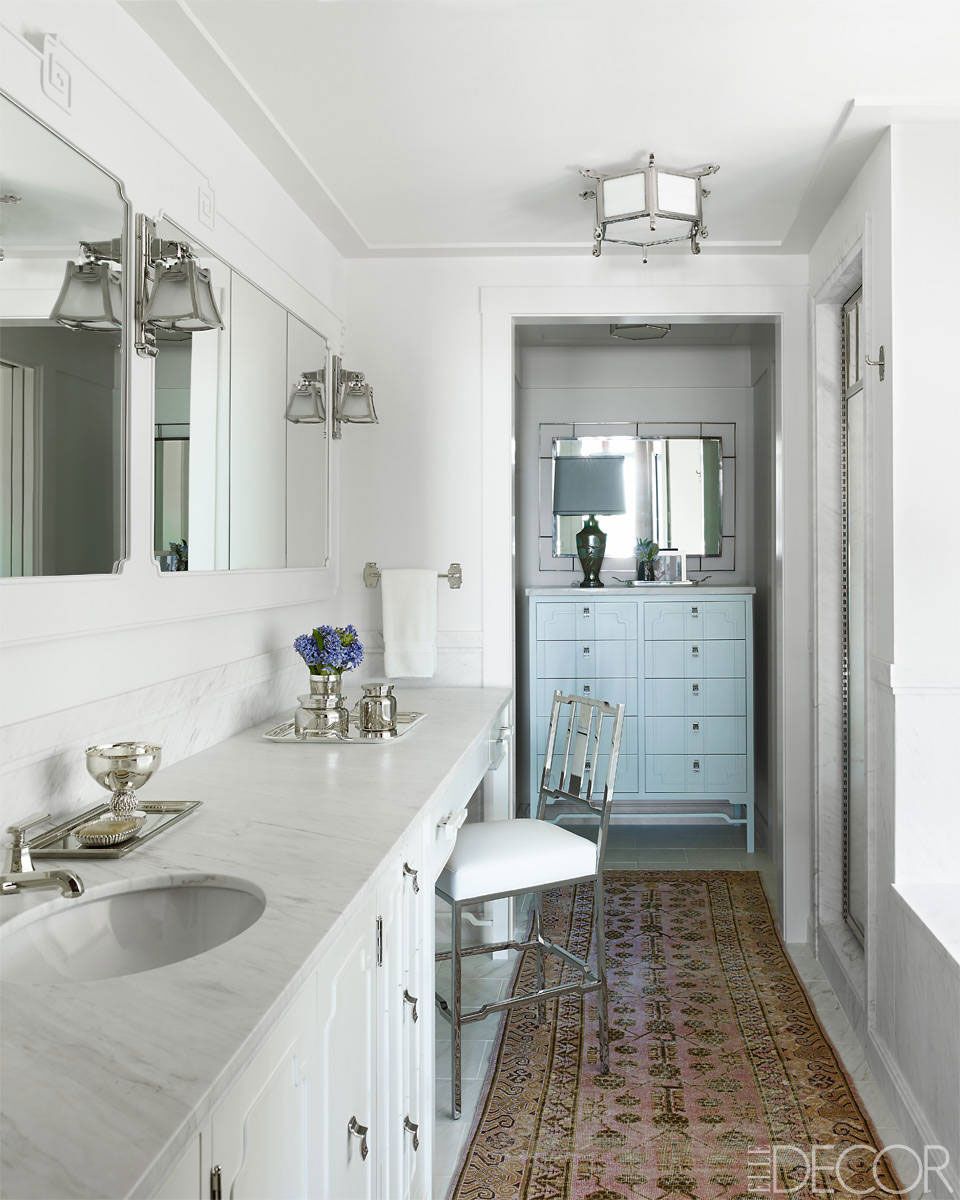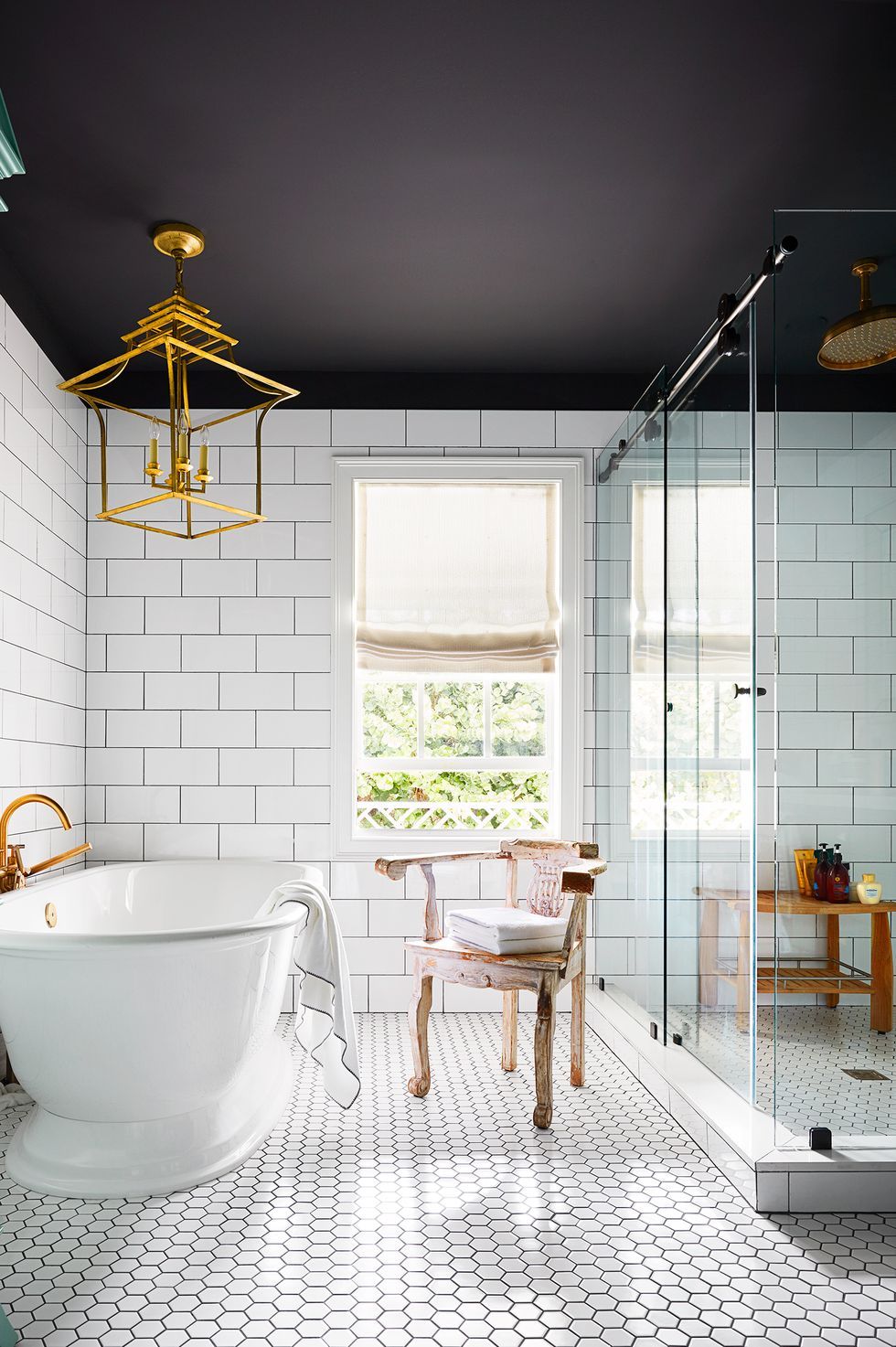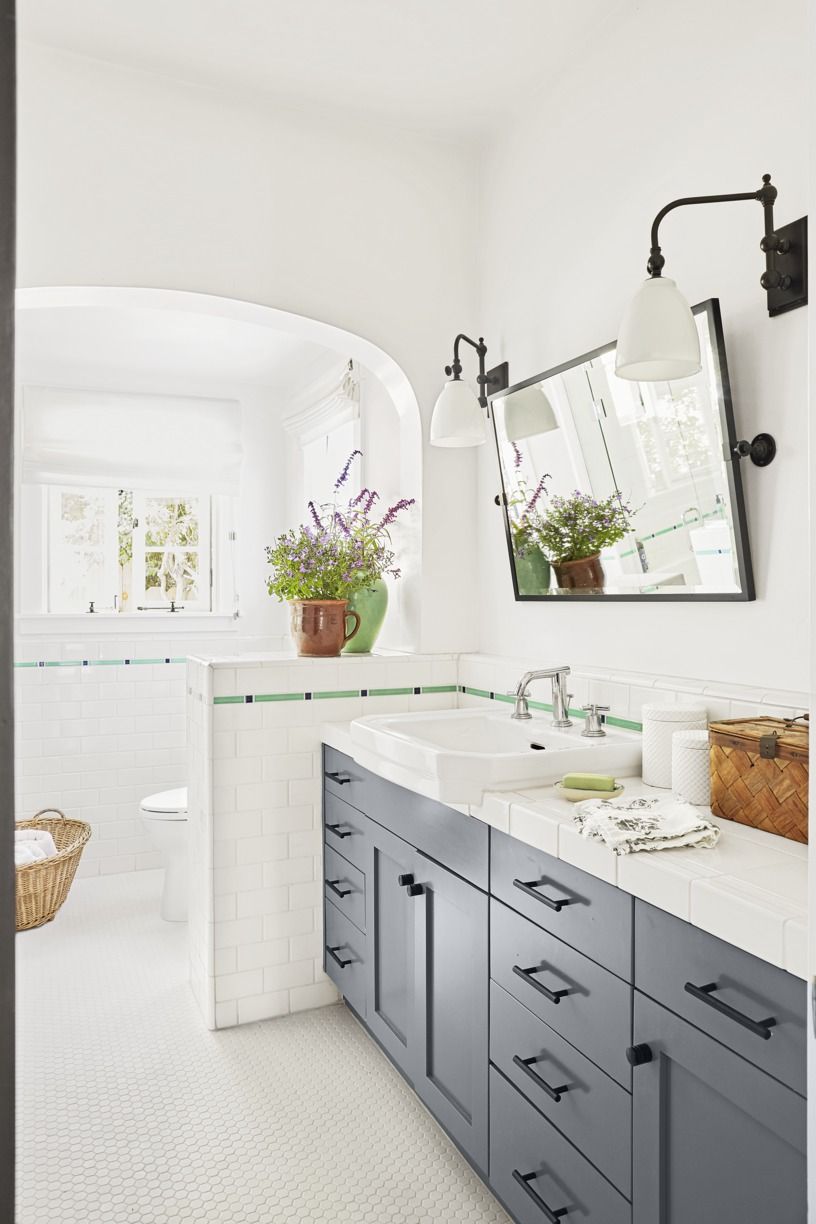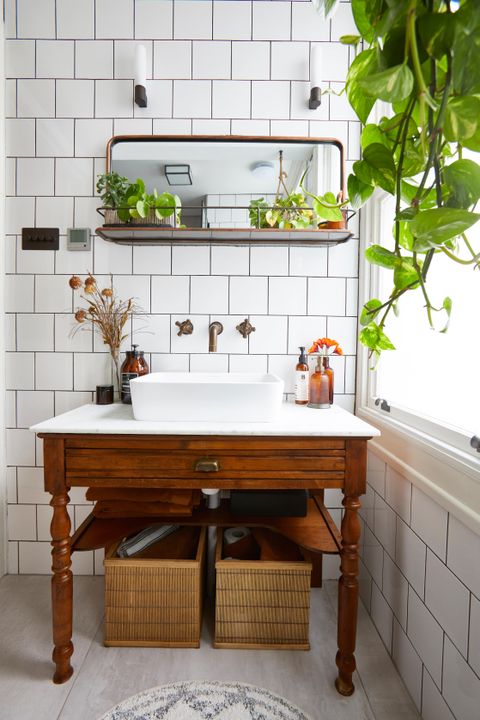Lighting can make or break the functionality and appearance of a small bathroom. When space is limited, every design choice matters and lighting is no exception. The right lighting design not only enhances the aesthetic appeal of a small bathroom but also improves its functionality and creates a sense of spaciousness. Over the years, I’ve experimented with various lighting setups in compact bathrooms, and I’ve discovered that a strategic approach can make even the tiniest space feel bright, welcoming, and practical.
The first thing I consider when designing lighting for a small bathroom is layering. This means combining different types of lighting—ambient, task, and accent lighting—to create depth and versatility. Ambient lighting serves as the foundation, providing overall illumination. Recessed ceiling lights or a flush-mounted fixture often work best in small bathrooms, as they don’t take up valuable space. I’ve found that using LED bulbs with a color temperature of around 3000K provides a warm, inviting glow that works well for most bathrooms.

Task lighting is equally important in a small bathroom, especially around the mirror or vanity area. Shadows are a common problem with poor task lighting, so I always opt for fixtures mounted on either side of the mirror or an LED mirror with built-in lighting. These options eliminate shadows and provide even illumination, making tasks like shaving or applying makeup much easier. Vertical placement of fixtures along the sides of the mirror works particularly well in creating flattering, shadow-free light.
Accent lighting, while often overlooked, can add a layer of sophistication to a small bathroom. This type of lighting highlights architectural features or decorative elements, such as a stylish backsplash or a niche in the shower. In one of my projects, I installed a strip of LED lights under a floating vanity, which not only highlighted the design but also made the bathroom feel more spacious by creating the illusion of a floating floor.

Another consideration is the type of bulbs used. For small bathrooms, energy-efficient LED bulbs are my go-to choice. They produce minimal heat, last longer, and come in a variety of color temperatures to suit different moods. Dimmable LEDs are particularly useful, as they allow me to adjust the light intensity for different times of the day. For example, brighter light is ideal in the morning, while a softer glow creates a relaxing ambiance in the evening.
Placement is crucial in small bathrooms, as every fixture must be positioned to maximize light distribution without overwhelming the space. I’ve learned to avoid placing lights directly overhead in the shower or bathtub area, as this can cast unflattering shadows. Instead, I use wall-mounted or recessed fixtures to evenly distribute light and enhance visibility. For showers, waterproof LED downlights are a practical and stylish choice.
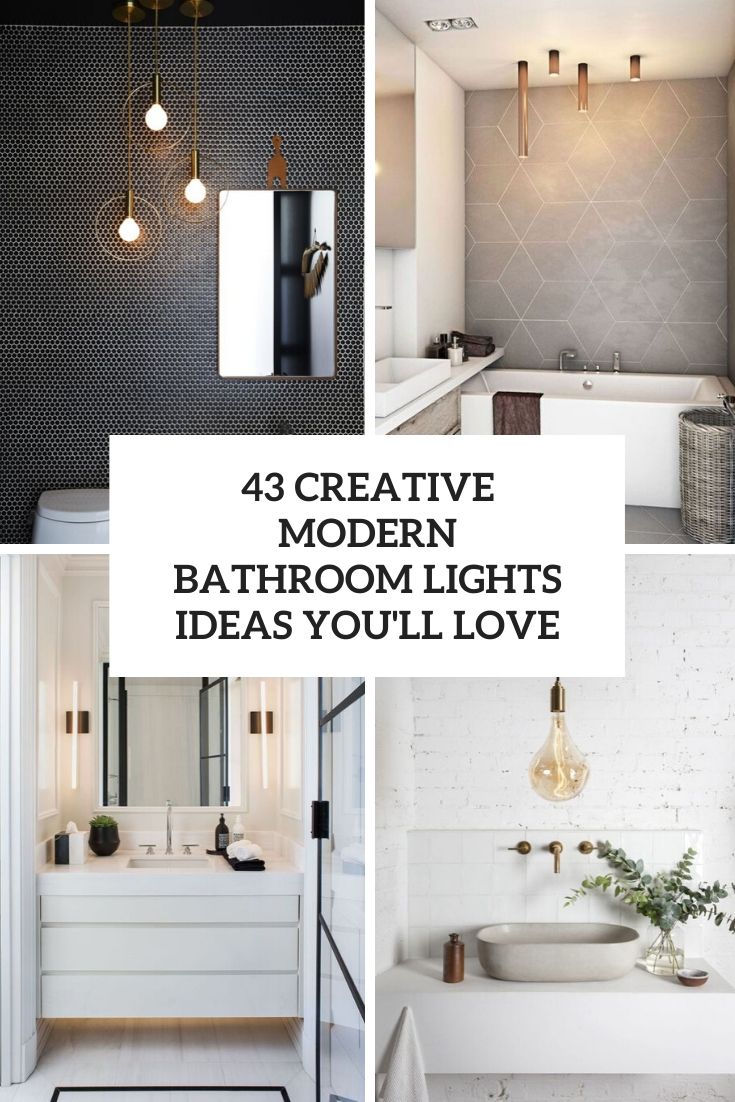
Natural light is another element I try to incorporate wherever possible. If the bathroom has a window, maximizing the natural light can make a huge difference. I like to use sheer curtains or frosted glass to maintain privacy while allowing sunlight to filter through. In spaces without windows, a light-colored paint scheme combined with strategically placed mirrors can mimic the effect of natural light. Mirrors are especially effective in small bathrooms, as they reflect light and create the illusion of a larger space.
For ceiling fixtures, I prefer flush-mounted or semi-flush designs, as they provide ample light without protruding too far into the room. Chandeliers and pendants, while stunning, can feel overwhelming in a small space unless carefully scaled. If I do opt for a pendant light, I make sure it’s compact and positioned where it won’t obstruct movement or sightlines.
Wall sconces are another excellent option for small bathrooms. I love using them to flank a mirror or as an accent light near artwork or a decorative feature. They’re versatile and come in various styles, from minimalist to vintage, allowing me to customize the look to match the bathroom’s overall design.
Under-cabinet lighting is a trick I often use to add a sense of luxury to small bathrooms. Installing LED strips beneath a wall-mounted vanity or shelving creates a subtle glow that makes the space feel open and airy. This type of lighting is also functional, as it illuminates the floor, making nighttime visits to the bathroom safer and more convenient.
Choosing the right light fixtures for a small bathroom involves balancing style with practicality. I always consider the scale of the fixtures in relation to the space. Oversized fixtures can make a small bathroom feel cramped, so I opt for sleek, minimalist designs that blend seamlessly with the decor. Chrome and glass finishes are my favorites because they reflect light and contribute to a brighter environment.
Ventilation is another factor to keep in mind when selecting bathroom lighting. Since bathrooms are high-moisture areas, it’s essential to choose fixtures rated for damp or wet locations. I’ve had great success with IP-rated fixtures, which are designed to withstand moisture and ensure safety over time. This is especially important for lights installed near showers, tubs, or sinks.
Another tip I’ve found useful is incorporating a lighting control system. A dimmer switch allows me to adjust the brightness levels based on the time of day or the activity. This flexibility is especially beneficial in small bathrooms, where a single fixture often serves multiple purposes. Smart lighting systems, which can be controlled via an app or voice commands, are an even more advanced option for those who want convenience and customization.
Color schemes play a big role in how lighting affects a small bathroom. Light, neutral colors like white, beige, or pastel shades reflect light better, enhancing the overall brightness. When paired with strategically placed lighting, these colors make the bathroom feel more open. In one of my projects, I used a pale blue wall color with white trim and added recessed lighting to create a serene, spa-like atmosphere.
Finally, layering light with decorative elements can elevate the design of a small bathroom. I like to combine functional lighting with artistic fixtures or statement pieces that draw attention. For example, a small pendant light with a unique design can serve as both a source of light and a focal point. This approach ensures that the bathroom is not only well-lit but also visually appealing.
Common Mistakes to Avoid
One common mistake I’ve noticed is relying on a single overhead light for the entire bathroom. While it might seem sufficient, it often creates shadows and leaves certain areas poorly lit. Another frequent error is using bulbs with the wrong color temperature. Extremely cool lights can make the bathroom feel sterile, while overly warm lights can dull the space. I’ve also seen people neglect dimmable options, which are a game-changer for setting the right mood.
Improper fixture placement is another issue. For instance, installing lights too high or too low around the mirror can create unflattering shadows. I always ensure fixtures are at eye level for even illumination. Using non-waterproof fixtures in damp areas is also a big no-no, as it poses safety risks and shortens the lifespan of the lighting. Finally, overlooking the importance of maintenance, like cleaning light fixtures or replacing burnt-out bulbs, can diminish the quality of the lighting over time.
What type of lighting is best for small bathrooms?
The best lighting for small bathrooms combines ambient, task, and accent lighting. Ambient lighting provides general illumination, task lighting focuses on functional areas like the vanity, and accent lighting highlights decorative features. Using energy-efficient LEDs with a warm color temperature ensures a balanced and inviting look.
How can I make my small bathroom feel bigger with lighting?
Mirrors are your best friend when it comes to creating the illusion of space. Placing lights near or above mirrors reflects and amplifies light, making the room appear larger. Layered lighting, light-colored walls, and strategically placed fixtures also contribute to a more spacious feel.
Are dimmers necessary for small bathroom lighting?
Dimmers aren’t strictly necessary, but they’re incredibly useful. They allow you to adjust brightness levels based on the time of day or activity, creating a flexible and comfortable atmosphere. I always recommend dimmable LED bulbs for maximum versatility.
Can I use natural light effectively in a small bathroom?
Yes, natural light is a great asset in small bathrooms. If you have a window, use frosted glass or sheer curtains to maintain privacy while letting sunlight in. For bathrooms without windows, light-colored walls and mirrors can mimic the effect of natural light.
What’s the best way to light a shower in a small bathroom?
Recessed waterproof LED lights work well in showers, providing even illumination without taking up space. Position the light to avoid shadows, and ensure the fixture is rated for wet locations to handle moisture effectively.
How do I choose the right color temperature for bathroom lighting?
A color temperature of 2700K to 3000K is ideal for bathrooms, as it offers a warm, flattering glow. For task lighting around mirrors, slightly cooler temperatures, such as 3500K, can provide better visibility without feeling harsh.
Bathroom – Light – Plan I Bathroom lighting design
bathroom lighting ideas to brighten your space beautifully
Related articles:
